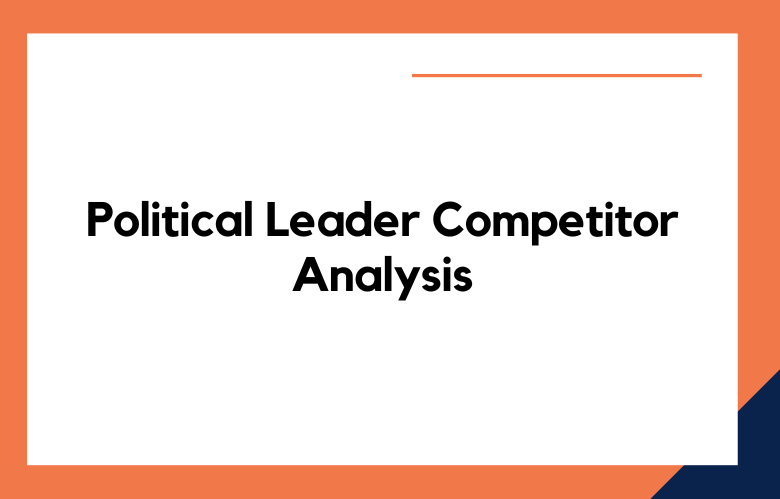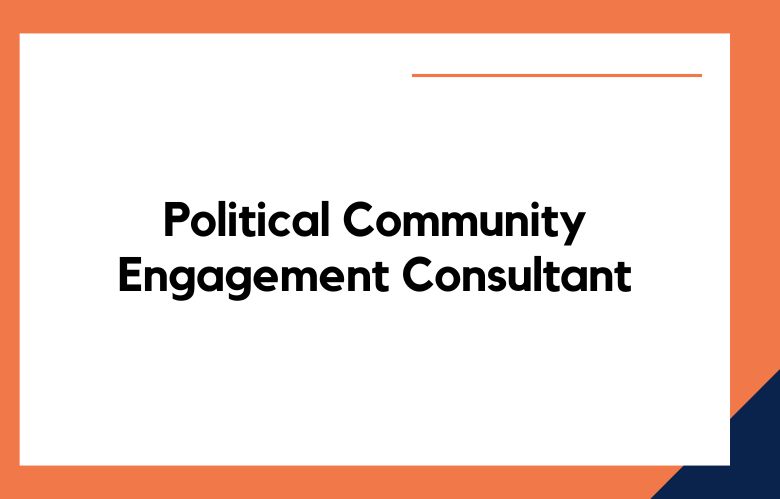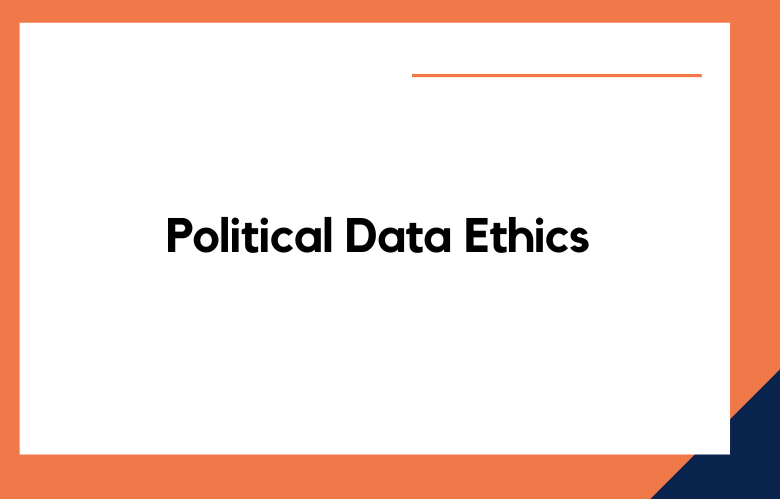Political leader competitor analysis is a vital step towards successful political campaigns. This process involves researching your opponents, analyzing their strengths and weaknesses, and using that information to your advantage. However, few politicians know how to perform a complete political leader competitor analysis. We will provide a step-by-step guide on analyzing your political competitors effectively.
Understanding your competition is essential as the world becomes increasingly politically charged and elections draw near. Political leader competitor analysis is vital in political campaigns and should always be noticed.
This process allows you to identify your opponent’s strengths and weaknesses and determine ways to improve and differentiate your campaign. We will discuss how to perform a complete political leader competitor analysis.
Mastering Political Leader Competitor Analysis for Election Success
Mastering Political Leader Competitor Analysis is an essential skill for any election campaign. Successfully analyzing your competitors is crucial in developing a winning campaign strategy that resonates with voters and separates you from the pack.
You must dig deep into their background, platform, and public record to be effective at competitor analysis. This can include reviewing their past positions on critical issues, analyzing their voting record, and scrutinizing their public statements.
By doing so, you can identify potential weaknesses, gaps in their platform and leverage points that can be used to differentiate yourself from the competition.
Political Leader Competitor Analysis: Importance in Indian Democracy
In the Indian context, political strategizing is essential to any election campaign. The competitiveness of any political race largely hinges on identifying the strengths and weaknesses of opponents.
Political leader competitor analysis has thus become a crucial step towards winning elections in the Indian democracy. In this analysis, political leaders scrutinize their competitors’ past performances, public persona, alliance strategies, and campaign promises.
The importance of political leader competitor analysis lies in its ability to provide crucial insights into an opponent’s political ideologies and campaign methods.
The analysis helps craft effective counter-strategies and identify opponents’ potential weaknesses. Political leader competitor analysis also allows for targeting specific demographics and voter groups through personalized campaign strategies.
Analyzing Political Leader Competitors: Strategies for Success
Analyzing political leader competitors is a critical component of a successful campaign. It helps candidates to identify their strengths and weaknesses, as well as their opposition’s vulnerabilities and potential roadblocks.
Before diving into any political campaign, it is essential to take the time to analyze the competition and develop a strategy for success.
One of the most effective strategies for analyzing the political leader competition is conducting thorough research on their track record, public speeches, voting records, and other relevant information.
This can be done through various mediums, such as media reports, social media channels, and official websites.
The information gathered through these mediums can reveal prospective opportunities to capitalize on and potential attack areas for the opponent.
Importance of Political Leader Competitor Analysis in Digital Campaigns
Political leader competitor analysis has recently become an indispensable feature of digital campaigns. In today’s era, social media plays a significant role in shaping public opinion and influencing decision-making. Political campaigns, therefore, must pay attention to the importance of analyzing their competitors.
This analysis can provide valuable insights into the strengths and weaknesses of competing political leaders, allowing electoral candidates to craft a more effective campaign strategy.
One crucial aspect of political leader competitor analysis is social media monitoring. Social media platforms like Twitter, Facebook, and Instagram have become a core battleground for political campaigns, with political leaders using these platforms to connect with their voter base, mobilize support, and drive their electoral campaign.
By utilizing social media monitoring tools, electoral candidates can track their competitor’s activities, monitor their messaging, and analyze their approach to campaign management.
Strategies for Effective Political Leader Competitor Analysis
In today’s fast-paced political landscape, leaders must be able to analyze their competition and adapt their strategies to gain an advantage. Competitor analysis is a critical component of political leadership that enables leaders to understand their opponent’s strengths and weaknesses better.
One of the key strategies for practical political leader competitor analysis is to research and analyze the competition thoroughly. This includes reviewing their political platform, policy positions, public statements, and speeches.
Leaders must gather as much information as possible about their opponents, including their voting records, personal beliefs, and past political actions.
Benefits of Competitive Analysis in Politics
Identifying Opportunities:
Competitive political analysis helps identify potential opportunities for a political candidate or party. By studying the strategies and tactics of their competitors, politicians can gain insight into how they can better position themselves and what issues may be necessary to their constituents.
Understanding Strengths and Weaknesses:
Competitive analysis in politics can also help identify a candidate’s or party’s strengths and weaknesses. By understanding their opponents’ strategies, politicians can learn how to capitalize on their strengths while mitigating potential weaknesses.
Developing Strategies:
Competitive analysis in politics can also inform the development of strategic plans for a political campaign. By studying the strategies used by other candidates or parties, politicians can gain insight into what approaches have been practical and which ones may have worked better in the past.
Improving Messaging:
Competitive analysis in politics can also provide valuable information about how best to craft messaging for a particular audience or demographic group. By studying the messaging used by other candidates or parties, politicians can learn which messages resonate with specific audiences and which may be less effective.
Evaluating Performance:
Competitive analysis in politics can also be used to evaluate the performance of a particular candidate or party over time. By tracking other candidates’ or parties’ successes and failures, politicians can gain insight into what has worked well for them and what areas may need improvement.
Analyzing Trends:
Competitive analysis in politics is also helpful in analyzing trends in public opinion over time, such as changes in support for specific policies or candidates among different demographic groups or geographic regions. This type of analysis helps politicians better understand how public opinion is shifting so that they are better prepared to respond accordingly when needed.
Tracking Resources:
Competitive analysis in politics helps track resources such as money spent on campaigns, media coverage received, endorsements received from critical influencers, etc., so politicians can better understand where their resources are being spent most effectively and where improvements could be made.
Predicting Outcomes :
Political strategists can also use competitive analysis to predict outcomes based on current trends, data, and research. This type of predictive analytics allows political strategists to make more informed decisions about where resources should be allocated, when specific actions should be taken, etc.
Exploring the Digital Landscape for Political Leader Competitor Analysis
In today’s fast-paced digital era, with the advent of social media and other digital platforms, political leaders are expected to be more in touch with their constituents than ever.
With the increased reliance on digital media platforms, it has become more critical than ever for political leaders to understand the digital landscape and to have a good command of the tools and technologies needed to leverage these platforms effectively.
Competitor analysis is one of the critical practices that political leaders should embrace to remain competitive and succeed in today’s digital world.
Analyzing political competitors and their digital strategies can provide invaluable insights into the techniques and tools others use in the same political space. This analysis can help leaders to refine their approach and adopt effective strategies to stand out among competitors.
Critical Parameters in Analyzing Political Leader Competitors
In analyzing political leader competitors, several vital parameters need to be considered. First and foremost, the political agenda of each leader must be thoroughly examined.
This includes their policy stances, campaign promises, and how they plan on implementing their agenda. Their achievements and failures must be considered to assess their leadership effectiveness.
The charisma and public image of the political leader are also an essential parameter in analyzing their competitiveness. A leader who can effectively communicate their message and engage with the public is more likely to gain support and influence than a leader with a bland or unappealing image.
Identifying and Analyzing Competitor Parties and Leaders
Identifying and analyzing competitor parties and leaders is crucial to developing a well-devised strategic plan. This process should be taken seriously, requiring careful evaluation and thorough research.
First, one must delve deep into the political landscape and identify the political parties and leaders competing in the field. This analysis involves collecting data on their ideologies, policies, strategies, and voter base.
Examining the parties’ history, track record, and critical leaders’ history is crucial to understanding their strengths and weaknesses.
In determining the competitors’ strengths and weaknesses, one should consider various factors such as funding sources, marketing tactics, media exposure, staffing, and volunteer efforts.
An in-depth analysis of these factors can provide valuable insights into political parties‘ different strategies to gain their target audiences’ attention and support. This information can be further used to improve one’s strategic approach and develop a competitive edge against the competitors.
Following and Analyzing Competitor Branding and Campaign Strategies
In today’s competitive business world, staying up-to-date with your competitors’ branding and campaign strategies is essential. By doing so, you’ll be able to analyze their strengths and weaknesses, identify opportunities for improvement, and ultimately gain valuable insights into the marketing landscape.
To effectively follow and analyze your competitors’ branding and campaign strategies, you’ll need to start by conducting thorough research.
One way to do this is by using online tools like SEMrush or Ahrefs to track their website traffic, backlinks, and social media performance. You can also monitor their advertising efforts by monitoring their ad spend and placements.
Tracking Competitors’ Social Media Presence and Marketing
In today’s fast-paced and dynamic business environment, keeping an eye on competitors’ activities is paramount to stay ahead in the race.
With the rise of social media usage, businesses are now utilizing the platform to promote their brand and reach out to their target audience. Tracking competitors’ social media presence and marketing is crucial in any successful business strategy.
One of the main reasons to monitor competitors’ social media presence is to gain insights into their marketing tactics, including the type of content they are posting, the frequency of their posts, and the engagement they generate.
This will allow businesses to benchmark their social media activity against their competitors and identify areas for improvement.
Gauging the Impact of Competitors’ Campaigns and Dialogues with Voters
To effectively gauge the impact of competitors’ campaigns, it is essential to carefully analyze various data points such as social media engagement, website traffic, polling results, and other relevant metrics.
By thoroughly analyzing this data, it is possible to gain valuable insights into the effectiveness of different campaign strategies and tactics, allowing for informed decisions regarding campaign messaging and allocation of resources.
Dialogues with voters play a critical role in shaping the outcome of an election.
By carefully listening to voters’ concerns, needs, and aspirations, candidates can better tailor their messaging and policy proposals to resonate with their target audience.
This can help build trust and establish a positive rapport with voters, ultimately increasing the odds of winning their support.
Leveraging Influencers and Exploring New Platforms in Political Leader Competitor Analysis
Political leader competitor analysis is a crucial aspect of modern-day political campaigns, often making or breaking a candidate’s chances of winning.
The ability to analyze the strengths and weaknesses of political rivals can give political leaders a strategic advantage and help them navigate challenging campaign scenarios.
One emerging trend in political leader competitor analysis is the use of influencers. These individuals possess a broad following on social media platforms and are often seen as experts in specific areas of interest.
By collaborating with influencers, political leaders can leverage the reach and credibility of these individuals to reach a wider audience and build their brand.
Conclusion:
Political leader competitor analysis is vital for successful political campaigns. Identifying your competitors, analyzing their strategies and tactics, evaluating their strengths and weaknesses, observing their movements, and implementing your insights are crucial to creating systems that outperform the competition.
With this guide, you can perform a complete competitor analysis and use the information gathered to your advantage. Remember, knowing the competition helps you create a winning strategy.
Understanding political competition is indispensable to any political campaign. Through a complete political leader competitor analysis, you clearly understand your opponent and determine ways to differentiate your campaign successfully.
To conduct a thorough political leader competitor analysis, you should identify your opponent’s policies and strategies, determine their strengths and weaknesses, analyze their supporters, study their public image and speeches, and understand the political climate. With a complete understanding of your opponent’s brand and platform, you could position yourself to win.
Call: +91 9848321284
Email: [email protected]











